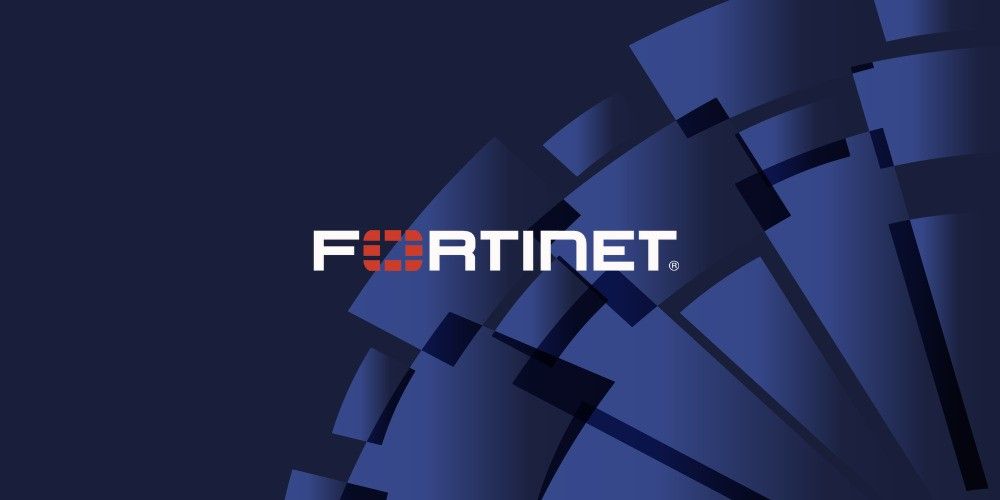Data Lakes vs Data Mesh: Which Strategy Wins?

01 Sep 2025
Data Lakes vs Data Mesh: Which Strategy Wins?
In today's digital economy, data is not just an asset. Data has become the foundation of competitive advantage and business transformation. Organizations no longer ask how to store data, but how to harness its true potential. Among the leading strategies shaping this evolution are Data Lakes and Data Mesh.
Both approaches aim to optimize the value of data, but follow very different philosophies. Understanding the differences between the two is crucial for organizations that want to compete in a world increasingly driven by data.p
Data Lakes: Centralized Power for Unlimited Storage
A data lake is a centralized repository designed to store large volumes of raw data in various formats. Whether structured, semi-structured, or unstructured, data is stored in its original form, ready for analysis, machine learning, and artificial intelligence workloads.
Advantages of Data Lakes:
-
Capable of efficiently storing petabytes of data
-
Flexible enough to handle diverse data sources and formats
-
Supports advanced analytics and predictive modeling
However, centralization brings challenges. Without proper governance, Data Lakes can quickly turn into “data swamps” where information is difficult to manage, verify, and access.
Data Mesh: Decentralizing Data Intelligence
While Data Lakes focus on centralization, Data Mesh takes the opposite approach by distributing ownership to domain teams. Each business unit, from marketing to finance to operations, manages its own data as a product.
In Data Mesh, domain teams define data quality standards, governance policies, and accessibility rules, resulting in a flexible, autonomous ecosystem that aligns with business objectives.
Advantages of Data Mesh:
-
Empowers the teams closest to the data to manage and innovate
-
Accelerates insights by eliminating dependence on central teams
-
Ensures data strategy aligns directly with organizational goals
However, implementing Data Mesh requires cultural change and strong federated governance to ensure consistency and interoperability.
Data Lakes vs Data Mesh: A Strategic Comparison
|
Aspect |
Data Lakes |
Data Mesh |
|
Architecture |
Centralized repository |
Decentralized, domain-oriented structure |
|
Ownership |
Managed by a central data team |
Owned by individual domain teams |
|
Scalability |
High storage capacity |
Scales organizationally through distributed control |
|
Governance |
Enforced centrally |
Defined and maintained within each domain |
|
Agility |
Slower insights due to central bottlenecks |
Faster delivery through domain autonomy |
|
Best Use Case |
AI, machine learning, and large-scale analytics |
Complex enterprises needing speed and innovation |
Choosing the Right Approach
There is no single correct answer. For organizations seeking a single source of truth integrated with heavy analytical workloads, Data Lakes remain highly effective.
For companies managing complex, rapidly changing domains where autonomy and speed are critical, Data Mesh offers a better solution.
In reality, many visionary organizations are adopting a hybrid strategy: using Data Lakes for scalable storage and advanced analytics while applying Data Mesh principles to empower domain teams and accelerate innovation.
AWS Solutions for a Future-Ready Data Ecosystem
The true power of modern data strategies lies in the harmony between scale and agility. This is where AWS delivers exceptional value, empowering organizations to adopt Data Lakes, Data Mesh, or hybrid architectures with unmatched flexibility.
1. Building Foundations with Data Lakes
At the heart of every data-driven company is storage. Amazon S3 provides virtually unlimited, secure, and cost-efficient storage for raw and processed data. By combining AWS Lake Formation, organizations can establish, manage, and secure a centralized Data Lake in days, not months. This ensures data remains organized, discoverable, and trustworthy, even at petabyte scale.
2. Enabling Domain-Based Data Mesh
For companies seeking decentralization, Amazon DataZone and AWS Glue provide tools to treat data as a product. Teams can seamlessly catalog, manage, and share data across domains while maintaining overall visibility and compliance. This federated governance model allows organizations to scale without losing control.
3. Driving Intelligence and Innovation
AWS doesn’t just manage data; it transforms it into actionable intelligence.
-
Amazon Athena enables instant querying of large datasets without heavy infrastructure.
-
Amazon Redshift delivers blazing-fast analytics across structured and semi-structured data.
-
Amazon QuickSight brings interactive dashboards and visualization directly to business users.
-
Amazon SageMaker democratizes AI and machine learning, enabling teams to build, train, and deploy models quickly.
4. Orchestrating a Hybrid Future
AWS is uniquely positioned to support hybrid strategies, where Data Lakes handle large-scale data collection and storage, while the Data Mesh principle empowers domain teams to accelerate insights and innovation. By combining these approaches, AWS enables companies to:
-
Build a single source of truth without sacrificing autonomy
-
Expand governance without hindering innovation
-
Turn raw data into actionable business insights faster than ever before
Conclusion
The debate between Data Lakes and Data Mesh is not about choosing sides, but about orchestration. The future belongs to organizations that can combine centralized power with decentralized intelligence.
With AWS as a strategic enabler, companies can confidently design a data ecosystem that is ready for a future that:
-
Stores and protects data on an unlimited scale
-
Empower teams to manage data as a product
-
Ensure governance, traceability, and compliance
-
Accelerate insights, innovation, and decision-making
In a world where data is the currency of innovation, AWS provides the platform, tools, and intelligence to optimize its value, turning information into competitive advantage.
Author: Ghea Devita
Marketing Communication, PT Perkom Indah Murni



